
Over 600 Million Participated in India’s Election: They All Had Voter ID
The battle over requiring voter ID to participate in elections is an American debate that generally falls down distinctly partisan lines. On one end mainly conservative lawmakers and citizens argue that it’s ludicrous for our democracy to not engage in that basic level of election security.
On the other end, mainly left-leaning folks and Democrat legislators argue that such requirements unfairly affect, and are designed to disenfranchise, the poor. Their arguments often harken back to the days of Jim Crow laws and poll taxes (ironically Democrat policies of the past…) in the debate over the morality and legality of a voter ID requirement.
Yet in the rising South Asian superpower of India – now the most populous country on the planet and the fastest growing economy – voter ID is a requirement of all who participate from richest to poorest. Despite a massive population, including hundreds of millions of people living in abject rural poverty, India has instituted and maintained this requirement with little problem and essentially no substantial resistance from any Indian political parties. ID, after all, is (outside the hyper-partisan US) an apolitical issue.
Even in this most recent Indian election, in which a record 600 million people participated, voter ID was a seamlessly integrated requirement. The BBC provides some election details,
“Indian PM Narendra Modi has secured another five-year term after winning a landslide general election victory.
His Bharatiya Janata Party (BJP) looks set to win about 300 of the 543 seats in parliament, in what Mr. Modi hailed as “a historic mandate.”
The main opposition alliance, which is headed by Rahul Gandhi’s Congress party, has admitted defeat.
The vote had been widely viewed as a referendum on the prime minister’s Hindu nationalist politics.
“We all want a new India. I want to bow down my head and say thank you,” Mr. Modi said in a victory address to BJP supporters on Thursday evening.
More than 600 million people voted in a marathon six-week process.
Mr. Modi has not just exceeded exit poll predictions but has also won a larger share of the vote than the 2014 elections, partial results show.”
If India Can do it, the United States Certainly Can
Plain and simple the ability of the Indian government to maintain voter ID standards completely disintegrates claims that bringing voter ID here is a measure meant to reduce democracy.
India must cope with a population many times the size of the US, many times poorer than the US, with access to many times fewer resources compared to those of the US government. In other words, the case of India is irrefutable evidence that voter ID can work for everyone, including some of the poorest people on the planet.
India for their part is quite proud of achieving near universal issuance of ID, even to voters tucked away in remote rural corners of the massive nation. Some Indian states have even achieved a boast-worthy 100% coverage of registered voters. HowIndiaLives an Indian analytics company affirms,
“95.64%: The percentage of eligible voters who have been issued photo identity cards to prevent misuse. That’s around 780 million individuals. Of the 35 states and union territories, 16 have achieved 100% coverage.”
The arguments against voter ID in the United States predicated on protecting the poor and underprivileged from ‘evil Republicans’ seeking to silence them etc. makes for a convenient political sell for opponents. But one has only to engage in some basic comparative analysis to conclude these claims are simply flat out false.
Most of the world’s democracies, from Ireland to India, practice some form of ID security at the polls. Now it is true the US might be hard pressed to emulate a tiny European country’s practices across our large population and geographic space. However, the Indian experience affirms it is not only entirely possible to institute voter ID in the US, it would likely be relatively easy and fast. After all, we have a tiny fraction of the voters the behemoth Asian nation does.
There may still be arguably valid contentions to be brought against voter ID from opponents, most focally constitutionality-based arguments. But when it comes to the go-to defense of ‘you just don’t want the poor to vote’ one has only to point to the 1.4 billion strong nation of India to disprove such knee-jerk falsehoods. After all, making sure only legitimate voters are voting is the bedrock of a secure election; and when elections are as secure as possible everybody wins.


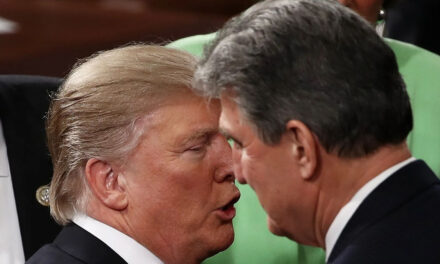
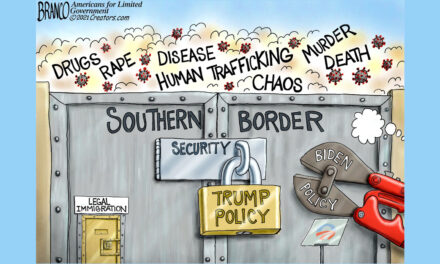
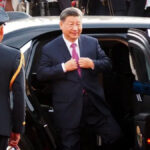

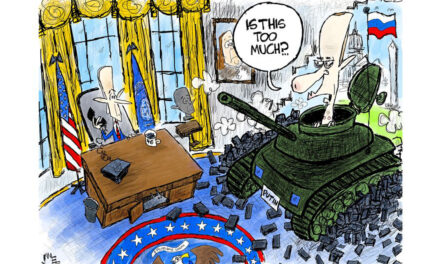




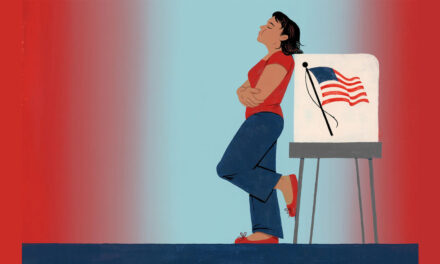
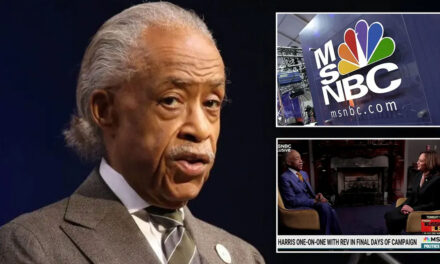



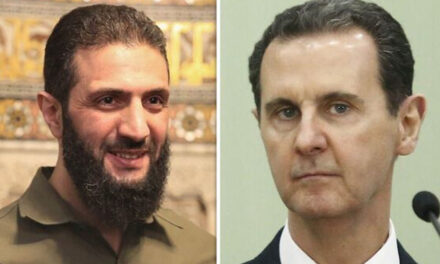



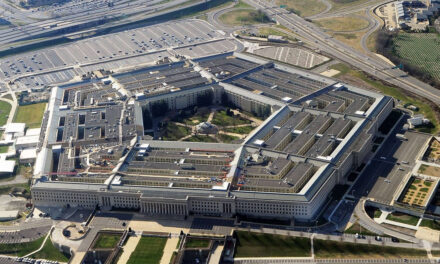




Just another lame stupid excise the dummierats have.
Interesting! Apparently the Indians aren’t aware that requiring a voter ID discriminates against the poor and people of color and almost all Indians are both-poor and people of color. I wonder how the hell they made it work. In America we have 43 million people of color and most of the are also poor, while in India they have 600 million poor and people of color. I think they’re tricking us, because the Democrats swear this simply won’t work.